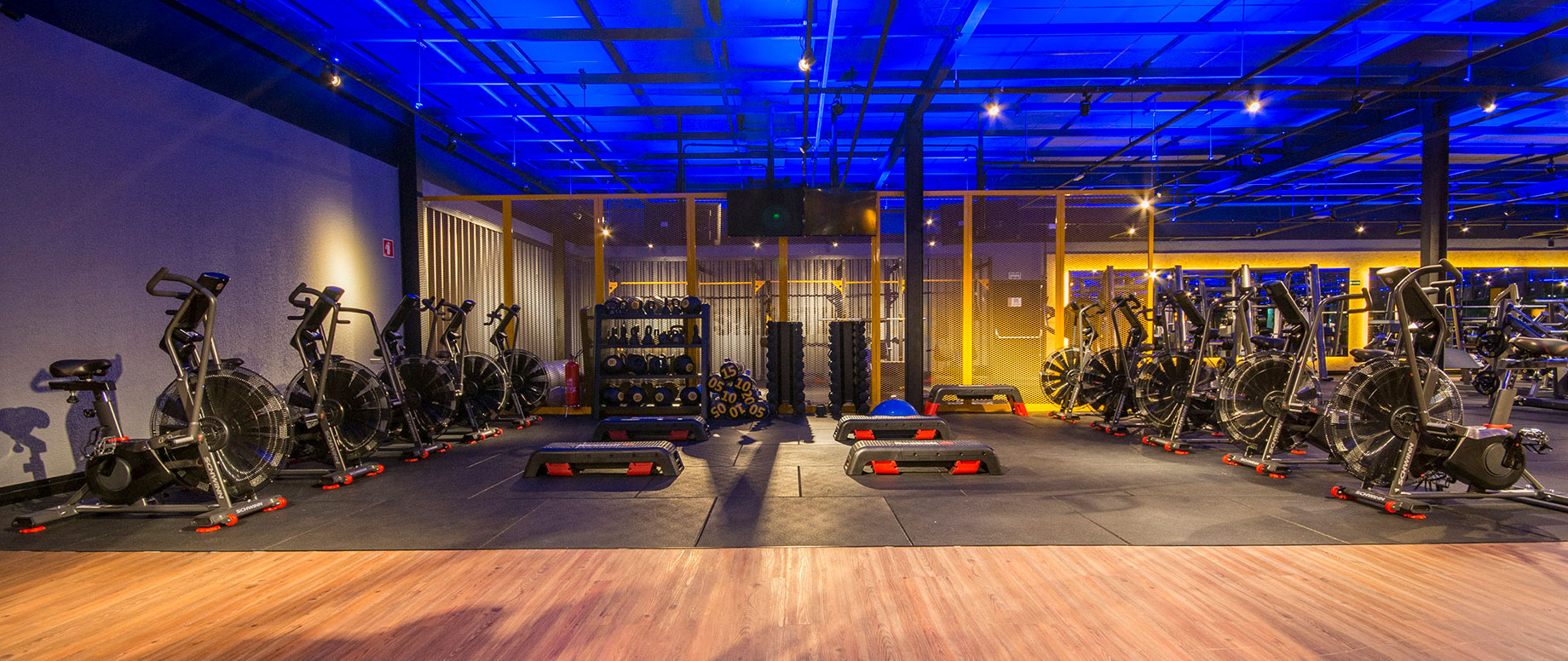Consumers in Latin America are embracing fitness, just like their U.S. counterparts, and also like them, Latin Americans are increasingly finding their gyms in shopping centers.
Workout chain SmartFit, for one, is building up a presence everywhere across Latin America. With roughly 600 fitness centers in the region as of last year, this São Paulo, Brazil–based fitness chain has become the largest in the region over just the past decade. So far this year the chain has entered two new markets — Guatemala and Argentina — and it now has plans for Panama and Paraguay as part of a goal to open about 200 new gyms by the end of this year. The potential is surely there: Only last year SmartFit rolled out nearly 160 of them.
SmartFit now operates in Brazil, Chile, Colombia, the Dominican Republic, Ecuador, Mexico and Peru. Brazil is the chain's largest market (it operates nearly 400 there), and Mexico ranks next (about 120 gyms).
“SmartFit was founded to address the need for low-cost, good-quality gyms,” said André Macedo Pezeta, the company vice president who oversees expansion outside Brazil. “At [one] time, only affluent Brazilian consumers could afford good gyms, equipped with the latest equipment and up-to-speed with fitness trends," he said. "SmartFit has democratized the market.”

SmartFit ended 2018 with roughly 600 gyms across Latin America and with plans for hundreds more
The usual membership fee for a high-quality fitness center in Latin America starts at about $80 per month, according to Macedo. SmartFit's fee runs somewhere between $15 and $30 per month, depending on the market, and members of its basic plan are not tied down to contracts.
In 1996 SmartFit's founder, Edgar Corona, launched a premium fitness center chain called Bio Ritmo, which today has 30 centers in Brazil. In 2009 Corona founded SmartFit as a lower-cost version, having seen that the gyms generally available to the budget-conscious consumer usually had outdated facilities and that the service tended to be less than optimal.
From the beginning the company saw its business model as being a perfect fit for the rest of the region. The percentage of Latin Americans that hold a health-club membership is about 3 percent, according to the U.S.-based International Health, Racquet & Sportsclub Association. By comparison, the U.S. figure is about 20 percent.
“We found the formula to deliver quality at a low cost,” said Macedo.
SmartFit gyms typically measure about 1,200 to 1,500 square meters (roughly 13,000 to 16,000 square feet). In addition to the latest equipment and instruction, members get access to such services as personal-training apps and virtual classes. The chain offers a premium plan (which, unlike the basic plan, does involve a one-year contract) enabling subscribers to use any of the chain's facilities across the region. The perks also include permitting members to bring in a guest for up to five days out of every month.
“We have partnerships with supermarkets that have reduced their floor space and have found our gyms to be ideal for the vacant space”
The first SmartFit centers outside Brazil opened in 2013, in Chile and Mexico. The company's strategy is typically to team up with a local operator and eventually to buy the operator out. At present, some 80 percent of the chain's units are corporately owned and the rest are franchised. “We know how to operate fitness centers but are not market experts," said Macedo.
In Mexico the company initially created a joint venture with Grupo Martí, a leading sports merchandise retailer and operator of the Sport City Fitness gym chain. And to speed growth, in 2010 SmartFit sold, in separate transactions, ownership stakes to Brazilian private equity firm Patria Investimentos (which has a partnership with U.S. Blackstone Group) and to Singapore sovereign wealth fund GIC. Those two funds combined own 50 percent of SmartFit.
SmartFit is open to any type of location, but Macedo cites retail centers as being ideal because of their business synergies. Monday and Tuesday evenings draw the highest number of SmartFit visitors, he says, and those days are usually slow for malls. On the other hand, people tend to train less often between Friday and Sunday, which are peak periods for shopping malls.
Pointing to Walmart in Chile, Macedo said: “We also have partnerships with supermarkets that have reduced their floor space and have found our gyms to be ideal for the vacant space.”
By María Bird Picó
Contributor, Shopping Centers Today


